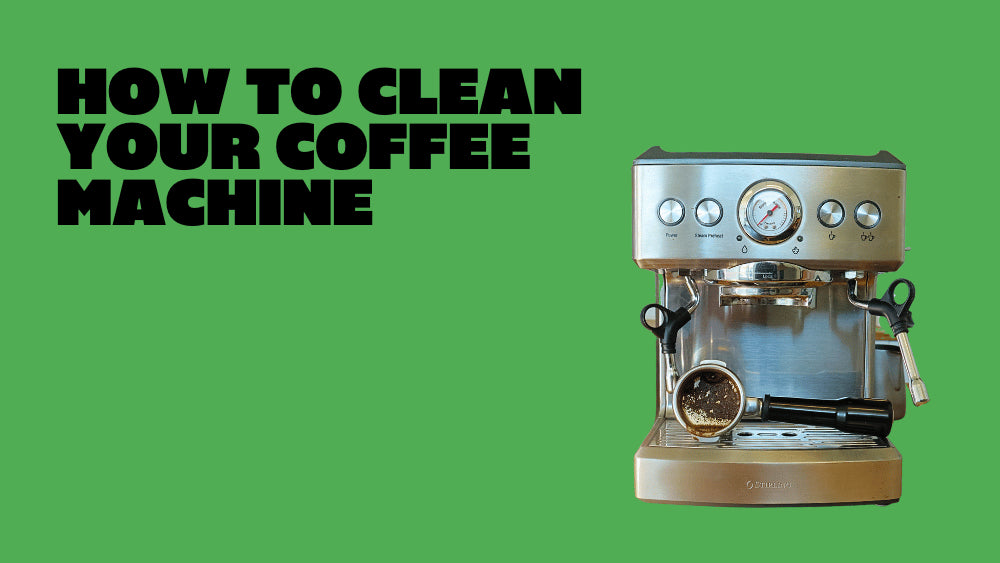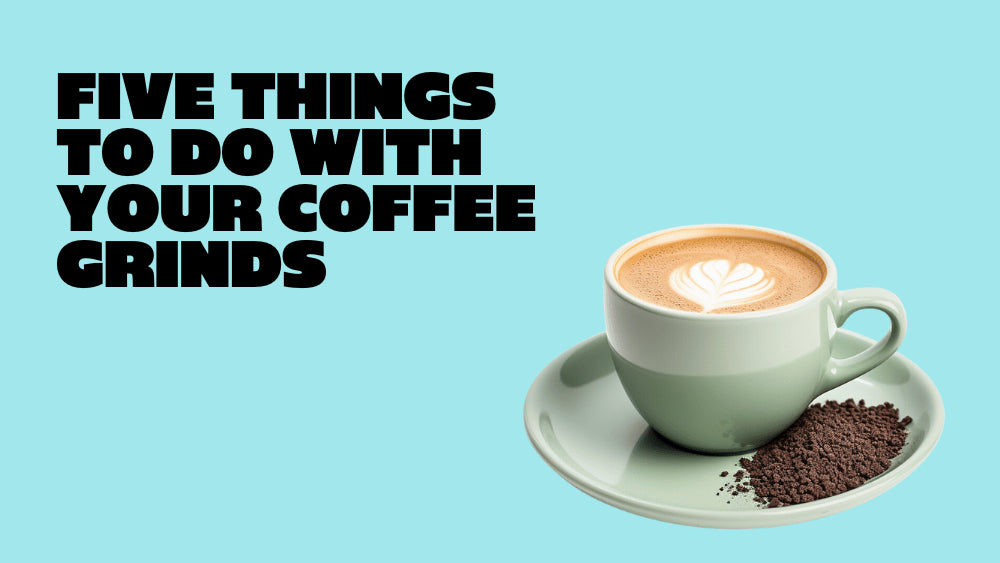
Filter, or Pour over Coffee, is regarded as one of the purest tasting coffees you can make. Held to high esteem by the coffee elite, filter coffee is the pinnacle of flavour, texture and cleanness. For such a prestigious method, there is a lot that goes into preparing this liquid gold, and with various contraptions on the market it can get overwhelming to start off with.
Even the TYPE OF FILTER matters when it comes to getting the best out of your brew. So check out which filter style works best for your brew below!
The most common type of filter on the market is the humble paper filter. Coming in all different shapes and sizes to match whichever brewer you own, this is typically the first choice for both beginners and professionals alike.
There are conical shaped filters for your v60 type brewers and there are cupcake style flat bottom filters for your larger batch brewer machines or basket brewers. The flat bottom filters in theory extract less evenly than the conical shape, and the water does not fall evenly and effortlessly through the grinds, however in bulk they do the job.
One issue with paper filters is that they are single use only. They are designed to do the best job possible, as the thread on the paper is so thin that zero sediment will get through to your cup, however once used you will have to bin the filter, contributing waste into landfill and also just generally being wasteful. I’m sure you could source some biodegradable/compostable paper filters to battle just this, if you wish to stick to paper brewing. These paper filters also require a holder or device to prop the filter up, so you will need to invest in a v60 unit as well as the papers.
The last issue is the processing of the paper filters. You might find two types of paper filters, one style bright white, and the other a more natural brown. This is the result of chlorine bleaching. Some argue that by using bleached paper it removes any papery flavours that could leech into your brew, and is more of a purest way of drinking the coffee by removing all foreign flavours. Personally, I haven't found any taste difference between the two versions of paper, and with the environmental impacts of chlorine bleaching far outweigh any sign of flavour improvement I will always choose unbleached paper.
 The most sturdy and durable type of filter out there, metal filters are not only durable but also incredibly easy to clean. Typically found in homeware stores, metal filters make up for their flaws in brewing with a more environmental approach. Being made often out of stainless steel the durability of this unit will last you decades if kept well. Upfront it is substantially more expensive than a paper filter, however in the long run it will balance out what you invest in the beginning. The unit itself is fully self contained, and you only need the one piece to start brewing.
The most sturdy and durable type of filter out there, metal filters are not only durable but also incredibly easy to clean. Typically found in homeware stores, metal filters make up for their flaws in brewing with a more environmental approach. Being made often out of stainless steel the durability of this unit will last you decades if kept well. Upfront it is substantially more expensive than a paper filter, however in the long run it will balance out what you invest in the beginning. The unit itself is fully self contained, and you only need the one piece to start brewing.
Cleaning is simple. Give it a quick rinse under water and dry it off and you are good to go for the next brew. So if simplicity is more important to you than quality of brew, then metal filters are the way to go for you.
The issue of the metal brewers is the filter itself, being pre-cut with predrilled mesh holes. These porous parts are often not fine enough to keep out finer grinds from your cup, and often lead to muddy brews with sediment inside. The metal will not absorb any oils from the brewing coffee and will make a full bodied, aeromatic and heavy mouth feel brew. You could, in theory, add a paper filter on top of the metal filter to remove these oils and sediment but then what is the point of having the metal filter.
 One of the oldest filter techniques, a cloth filter is the perfect mix of durability and quality. In all different shapes and sizes, cloth filters are a great answer to single use filters. Quality cloth filters will have a tight thread to regulate the level of flow of water in the extraction. The cloth does an excellent job at absorbing oils creating a clean crisp flavour in your cup.
One of the oldest filter techniques, a cloth filter is the perfect mix of durability and quality. In all different shapes and sizes, cloth filters are a great answer to single use filters. Quality cloth filters will have a tight thread to regulate the level of flow of water in the extraction. The cloth does an excellent job at absorbing oils creating a clean crisp flavour in your cup.
Durability is dependent on the way you treat and wash the filter, with the thread width being reset with each wash. Washing however is easier said than done. In order to correctly wash the cloth filter, you have to boil the unit for 10 minutes, then scrub out all of the remaining bits of coffee left over, after each use. This is pretty time consuming just for a morning brew, however the fact that you can reuse the filter time and again marks a much more environmentally stable way of making coffee.
The history of the cloth filter dates back centuries, with traditional south american brews still being made this way. However with each wash having the possibility of damaging the cloth and rips and tears being a thing, you may not get the life use out of a cloth filter and you may have to replace it every few months.
Not a new way of filter brewing, but new to the public eye is ceramic filters. A hard, porous unit that acts more like a water purification system than anything else, this is the ultimate statement of reliability and ease.

The ceramic filters are fully reusable but quite delicate compared to its metal counterpart. The similar issue that this filter shares is the width of the pores in the filter. No matter how fine of grind you run with ceramic filters, the stone itself is quite porous and will have the water track straight through it, creating a faster pour and a quicker extraction. There is absolutely zero sediment that gets through to your cup, however you will constantly be left with slightly under extracted brews.
This could be a problem with purists, but for those who are more environmentally minded the ceramic filters are a forever piece. The ease of cleaning, the simple and easy use of the unit itself as well as its ability to produce a clean crisp cup creates an experience fit for royalty.
Cleaning of the unit is simple, just by passing boiling water through the underside of the filter, and if you had major build up you can actually burn off the sediment on a gas stove once every few months. The downside to these units is that they are expensive. Some may be polarised by this, others will see all of the other benefits that come with such a unit.
With the hustle and bustle of each filter fighting for top spot, you can be forgiven in being overwhelmed. Amidst the dust and the smoke, is there a clear winner that rises above the rest?
Paper
PRO
Most Consistent
CON
Disposable
METAL
PRO
Durable
CON
Filter Size
CLOTH
Pro
Absorbs most impurities
Con
Hardest to Clean
Ceramic
Pro
Sustainable
Con
Expensive





1 comment
bipul
I think it’s enough for a perfect coffee flavor.
I think it’s enough for a perfect coffee flavor.